Combat aircraft. The dead cannot be killed
In general, within the framework of the cycle, it was not customary to talk about two, in principle, different aircraft, but now an exception will be made. This is justified for two reasons: first, one of the planes was a drastic alteration of the other, and second, they were both equally ugly in every way.
And the reason for this was not so much the inability of the French aircraft designers to create a decent aircraft (as the practice of Dewoitine D.520 and Potet P.63 showed - they could very much), how much a complete mess in the heads of the French aviation command, which by the end of the thirties so and did not develop a strategy and tactics of application aviation.
That is, the commanders did not understand what role was assigned to aviation in the upcoming (and no one doubted that it would be) war, and accordingly, they could not clearly formulate the requirements for designers.
And without a clear TK (technical task) the result will be you know what ...
And so it happened. Almost two dozen firms-developers and manufacturers continued to rivet planes for the French Air Force, who in what, as a result, the Air Force degraded completely and irrevocably, because the worst thing that could happen happened: the French Air Force turned out to be numerous, but the quantity was not quality. There were many planes, but they were of different types, and the number of planes of one type could be only a few dozen.
At the end of the thirties, the French bomber aviation was equipped with 12 (TWELVE) types of aircraft. Base types, modifications are not considered. And almost all aircraft already at the beginning of the Second World War were an example of completely outdated designs.
The quality was also not very good. Let's even say that in terms of quality and flight characteristics, none of the bombers in France has ever flown close to the Junkers and Heinkels of the main potential enemy - Germany.
Here is such a small historical a certificate that gives an idea of what the French Air Force and specifically its bomber unit were. But it was these aircraft that were supposed to impede the advance of the Wehrmacht as much as possible. But we know how the solemn march of the German divisions to Paris ended. And even if the French Air Force were armed with incomparable and competitive fighters, it would still only postpone the collapse of France, because in addition to preventing enemy aircraft from causing damage to your troops, it is necessary that the enemy troops suffer damage from the actions of your aircraft ...
This is exactly what the Germans did not succeed in on the Eastern Front, but in France everything turned out exactly that way: the small but effective forces of the Luftwaffe completely paralyzed the actions of the French Air Force, ensuring the unhindered advance of the Wehrmacht units on the ground.
The impetus for the appearance of our hero was the moment when a competition was announced for a new night bomber, which was supposed to replace the completely outdated at that time biplane "Lior-Olivier" LeO.20.
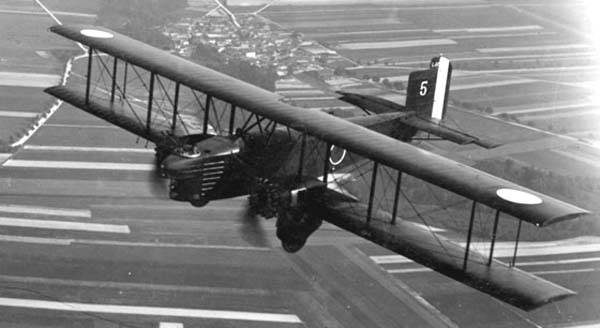
This significant event took place in 1932.
Eight projects of six manufacturing firms came together in the battle: two developments by Lior-Olivier, two from Farman and one each from Pote, Bordele, Kuzinet and Marcel Blok.
Newcomers are lucky, and most of all the military liked the development of the "Blok" company. A sample for testing was ordered and the process started.
The first copy, which was named MB.200, represented a rather progressive design: a cantilever all-metal monoplane with a very thick wing profile.
The car was not a masterpiece of aerodynamics. On the contrary, the shapes were rather angular. The landing gear, of course, was not retracted and was enclosed in fairings.
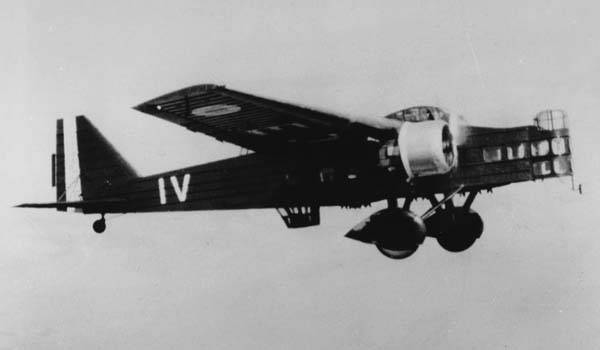
The aircraft was equipped with two Gnome-Ron 14 Krsd engines, these 14-cylinder air-cooled engines had a power of 770 hp. each. The combat load consisted of 1200 kg of bombs, and three towers of circular rotation with 7,5-mm MAC1934 machine guns with 1200 rounds of ammunition per barrel were supposed to protect the aircraft from enemy fighters.
MI.200 passed the first round of tests successfully, despite the fact that not the most powerful motors could not provide the required speed of 315 km / h. But speed was not considered a significant parameter for a night bomber, and therefore in 1933 it was decided to order 4 more vehicles for military trials.
But in 1934, the French command decided not to wait for the end of the tests and ordered a series of 25 vehicles. And by the end of the year, the first 20 aircraft were already in the aviation units.
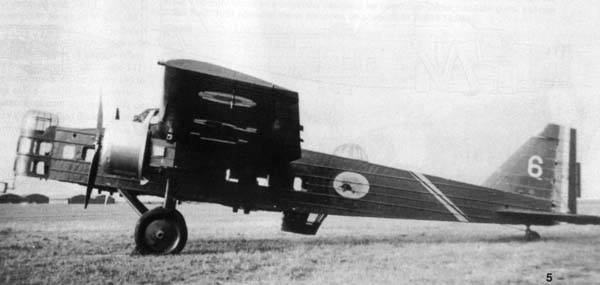
At the same time, the aircraft was refined based on the results of tests and operation. The plane was slightly heavier, but these were quite justified measures.
And orders continued to pour in. In 1935, the number of ordered bombers reached 208. It was necessary to connect additional assembly capacities of such companies as Potet, Breguet and Loire. Blok could no longer cope with such a volume of work.
The last aircraft of the series were transferred to the Air Force in 1936.
The last 50 aircraft of the series were equipped with Gnome-Ron 14Kirs / Kjrs engines, which developed 870 hp. and rotating the screws in opposite directions. These motors made it possible to carry 1400 kg of bombs on board. Small-caliber bombs (up to 100 kg) were placed in the bomb bay, and large ones - on an external sling. The bomb bay could hold 8 bombs weighing 100 kg.
In aviation MV.200 "came to the court." The aircraft turned out to be reliable, stable in flight and unpretentious in maintenance. Speed and maneuverability, however, did not stand up to criticism.
In 1935, four MV.200 completed their first large mission. It was not military, but political: the planes flew to Great Britain, where they were received with interest.
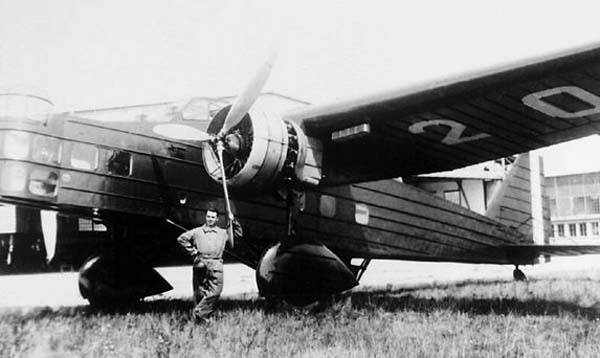
In general, MV.200 was assigned the role of not only night, but also day bombers. In addition, the planes were used as leaders of fighters until the Pote P.630 appeared.
The baptism of fire MB.200 was accepted, of course, in Spain, during the Civil War. To check the battle, 4 aircraft were sent there, two flew on their own, two were brought by sea in disassembled form.
The bombers took part in the war on the side of the Republicans. The practice of use has shown that the planes are nothing like that, but in the absence of opposition from enemy fighters, the MV.200 are able to work both as reconnaissance aircraft and as day bombers.
September 1939 and the beginning of the Second World War were met by 196 MB.200 bombers, of which 92 were in the first line, in seven aviation groups. Four groups were based in France, three in the colonies.
The practice of using MB.200 in the first days after the end of the "strange war" showed the complete unsuitability of these aircraft. Everything was insufficient: speed, climb, defensive armament.
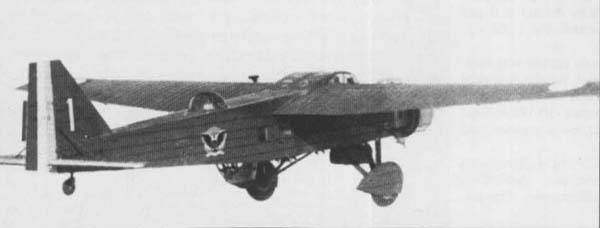
Another foolishness of the French command, which began to send MV.200 to bombardments during the day and without fighter cover, also played a role. It is not surprising that by May 1940, the losses of the MV.200 amounted to about 50 aircraft.
Realizing that the MV.200 was simply incapable of participating in modern warfare, the air command began to withdraw the aircraft from combat units. The MV.200 began to be used as a transport and training aircraft.
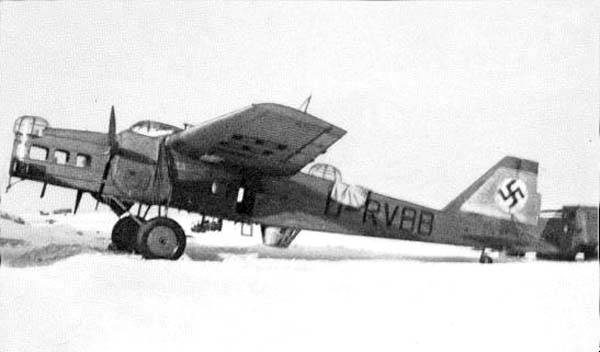
The exception was the colonies, where it was not customary to pamper the troops with new technology. So the MV.200, being training vehicles in the school of navigators and shooters in the Algerian city of Blida, began to play the role of patrol aircraft. In May 1940, on the basis of the school, reconnaissance squadron No. 201 was formed, whose aircraft were engaged in patrolling the coastal waters. There were even collisions with Italian planes.
In the former (after the surrender of France) French colonies, MV.200 held out until the end of 1941. The bombing of MV.200 belonging to the troops of the Vichy government against the British troops and de Gaulle's supporters were noted. MV.200 were used as night bombers.
After the end of the war, the career of MV.200 was over.
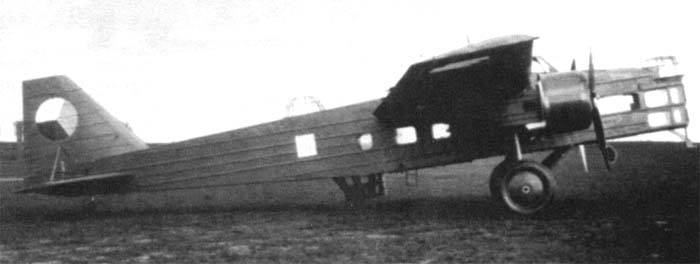
However, the MV.200 was produced not only in France. Czechoslovakia acquired a license for the production of these aircraft and produced machines that generally did not differ much from French aircraft, with the exception of the presence of additional fuel tanks in the fuselage of 620 and 710 liters.
The engines were installed "Walter" K-14 -IP / L, right and left rotation. These were the same "Gnome-Ron" 14 Krsd, manufactured under license.
The armament was strengthened in comparison with the French aircraft, the upper and lower firing points were equipped with twin installations of Vz.30 machine guns of 7,9 mm caliber. Thus, the armament consisted of five machine guns.
These bombers entered the Czechoslovak regiments in 1937, and already in 1939 the conversion of bombers into transport aircraft began.
After the occupation of Czechoslovakia by the Germans, the Luftwaffe got 71 Czech-assembled MV.200 aircraft. These aircraft were used as training aircraft in navigator and bombardier training schools. In 1940, the MV.200 began to be gradually scrapped, and the last aircraft served in the Luftwaffe until the spring of 1941.
A number of aircraft were transferred to Germany's allies. For example, Bulgaria got 12 cars, Romania got 6 cars, Slovakia got one. These aircraft were mainly used as patrol aircraft, and their use ceased after 1941 due to a lack of spare parts.
LTH MB.200
Wingspan, m: 22,45
Length, m: 16,00
Height, m: 3,90
Wing area, м2: 67,00
Weight, kg
- empty aircraft: 4 463
- normal takeoff: 7 280
Engine: 2 x Gnome-Rhone 14 Kirs / Kjrs x 870 HP
Maximum speed km / h: 285
Cruising speed, km / h: 197
Practical range, km: 1 000
Practical ceiling, m: 8 000
Crew, prs: 4
Armament:
- three 7,5 mm machine guns, one each in the bow, dorsal and ventral mountings;
- up to 1200 kg bomb load
A further continuation of the work on MB.200 was MB.210.
This is really a kind of transitional stage between the old angular, non-retractable landing gear aircraft, built according to the scheme of a biplane or a strut-braced monoplane with an upper wing position and a new generation of streamlined cantilever monoplane with retractable landing gear.
MB.210 has become something in between. Much like its predecessor MB.200 in terms of shape and performance, the MB.210 still carried a number of innovations.
The appearance has remained quite creepy. The fuselage was lengthened, at the same time they made a smaller section, the ceiling of the cockpit was lowered, the landing gear pipes and fairings disappeared, instead of them struts appeared, which were retracted into the engine nacelles. The upper and lower machine gun mounts also began to retract into the fuselage. The aerodynamic drag was reduced, but the appearance of the aircraft remained far from perfect.
This project, called MB.210, was created by Marcel Block Avions as a private initiative.
The first version of the MB.210 was equipped with engines "Gnome-Ron" 14 Kdrs / Kgrs "Mistral Major", 800 hp. each. The second version, MB.211 "Verdun", received engines "Hispano-Suiza" 12Y with a capacity of 860 hp.
In fact, apart from the engines, the planes were no different in anything, except that the landing gear on the MV.211 was retracted into the nacelles.
The entire structure of the aircraft was made more rigid, the stabilizer was increased, the rear machine-gun turret was shifted forward. The fuel reserve has been increased to 2 liters.
Based on the tests of MV.210, corrections and revisions were made in parallel to MV.211. However, the MB.211 model was not destined to be mass-produced. But the MV.210 went into production, and the first production aircraft was manufactured in December 1935.
The aircraft differed from the prototype by a retractable landing gear according to the MV.211 scheme, 14Kirs / Kjrs 870Kirs / Kjrs Gnome-Ron engines with a capacity of 7,5 hp, and new engine nacelles. The armament still consisted of three 1600 mm machine guns in three machine gun mountings. The bomb load was increased to XNUMX kg, and all bombs could be placed inside the bomb bay.
There were options for placing 128 bombs weighing 10 kg, 38 bombs of 50 kg, or 2 bombs of 500 kg.
In 1936, orders for MV.210 were placed with different enterprises, since the production capacity of the "Blok" company itself did not allow the production of aircraft at the required pace. Thus, 35 aircraft were ordered by Renault, 10 by Pote, 20 by Anrio, 20 by Muro, 16 by Breguet. In total, the French Air Force ordered 181 bombers.
In 1937, new orders were issued, which brought the total MV.210 to 257 aircraft. In addition, 24 cars were purchased by Romania.
With the start of operation, problems began. Engines, the power of which was clearly not enough for such an aircraft, caused a number of accidents and disasters. The MV.210 flights were discontinued, and the Gnome-Ron 14K engines, which caused the disasters, were quickly replaced by the Gnome-Ron 14N10 / 11 with a capacity of 910 hp.
A float version of the aircraft was also built.
However, tests have shown that such a seaplane does not have a sufficient flight range to make sense to build it serially. Built in one copy, the seaplane was used as an experimental one at the base in Saint-Raphael, where options for dumping torpedoes were studied.
WW210 met the Second World War in service with six bomber squadrons with a total of about a hundred vehicles in the first line. The installation of the Gnome-Ron 14N10 / 11 engines made the aircraft reliable, but not new.
Despite the general obsolescence of the design, the MV.210 managed to fight at the initial stage in the same way as its predecessor MV.200. These were mainly reconnaissance missions and night bombing. Despite this "careful" use, more than 20 aircraft were lost.
Therefore, at the very beginning of 1940, the MV.210 began to be replaced with more modern aircraft such as "Amyot" 351, "Pote" R.633, "Breguet" Br.691 and 693, LeO 451.
In fact, by May-June 1940, all MV.210 were removed from combat units and transferred to flight schools and various training centers. However, the shortage of bombers forced the French command for some time to use MV.210 in conjunction with the more modern "Amyot" 351 and 354 against German troops in Belgium and France.
Two groups, GBI / 21 and GBI1 / 21, raided MV 210 until June 17, 1940, when the commanders were ordered to fly to North Africa. The losses of the groups were more than impressive: 5 aircraft were shot down by air defense and fighter jets, 2 crashed while landing in bad weather, 3 were destroyed by the Germans when attacking airfields, 9 aircraft were damaged so much that they were written off.
The vehicles that flew to Algeria were used together with the MV.200 stationed there.
The Germans got 37 copies of the MV.210 in varying degrees of lamentability. Some of them were donated to Bulgaria, where MV.210 were used for some time as transport vehicles.
LTH MB.210
Wingspan, m: 22,85
Length, m: 18,84
Height, m: 4,20
Takeoff weight, kg: 10 200
Engine: 2 x "Gnome Rhone" GR 14N10 / 11 x 950 hp
Maximum speed km / h: 322
Cruising speed, km / h: 240
Practical range, km: 1 690
Practical ceiling, m: 9 850
Crew, prs: 5
Armament:
- three 7,5 mm machine guns;
- bomb load - 1600 kg
In general: a vivid example, as in a country that was the ancestor of aviation, due to the fact that there was no intelligible concept, aircraft were born, which actually became obsolete at the time of leaving the assembly hangar.
The use in real combat conditions only confirmed this.
In fact, when there is a clear understanding of what the aircraft is supposed to do, it usually turns out to be a pretty decent airplane battlefield vehicle. When there is no understanding, the result is MV.200. Airplanes not really fit for anything. As they would say now - the development of the budget of clean water.
And this despite the fact that the French aviation industry was able to develop and build quite competitive aircraft. But in reality, these "Blocks" were obtained.
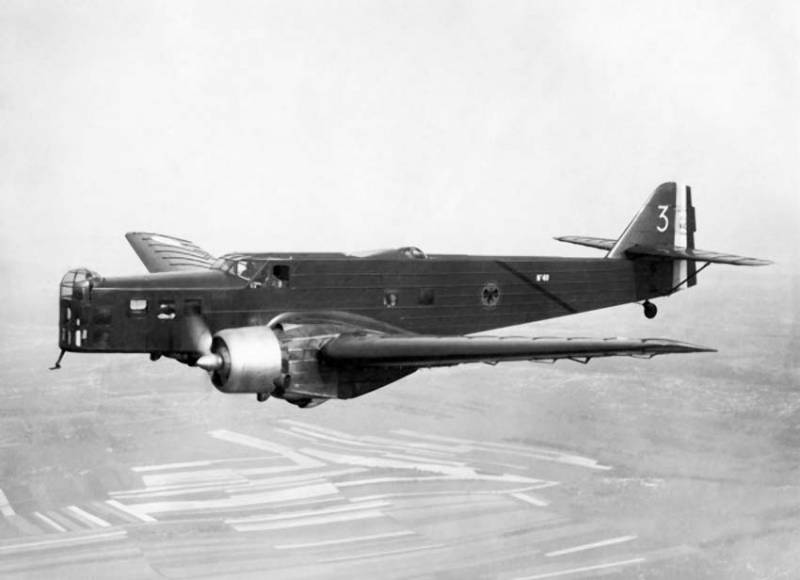
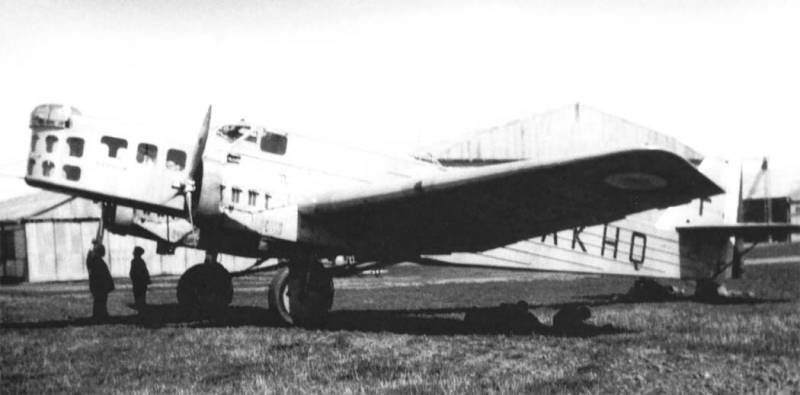
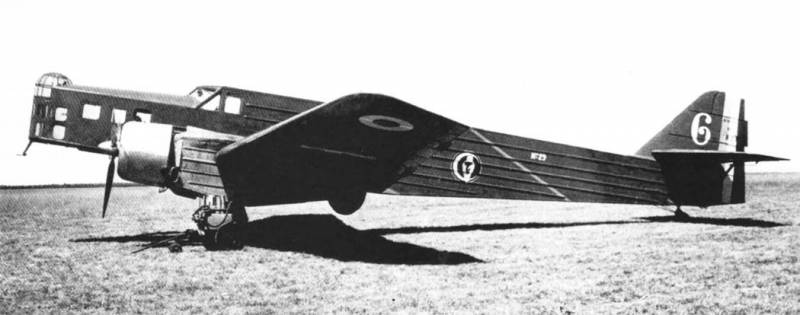
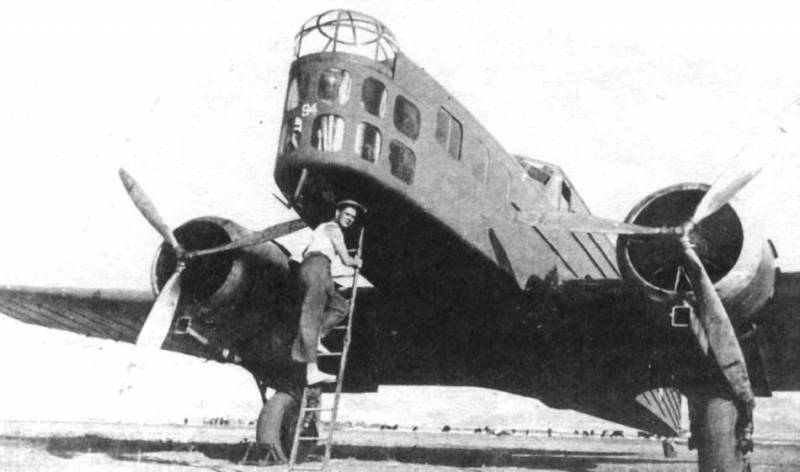
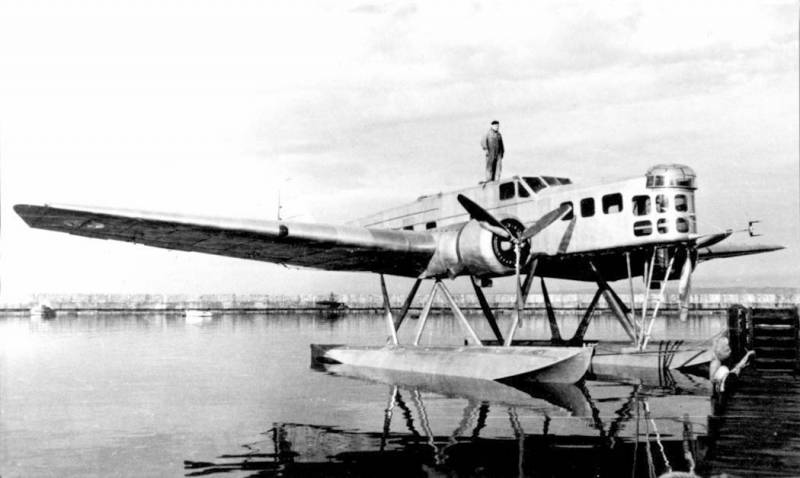
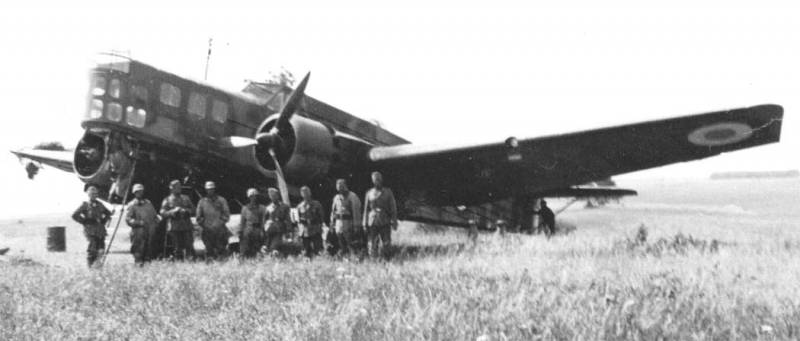
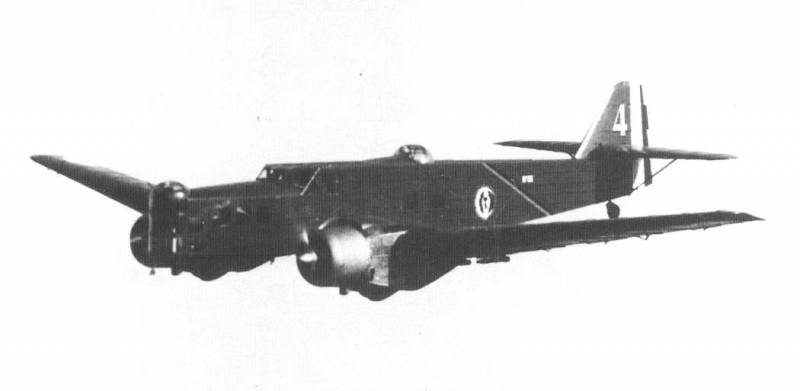
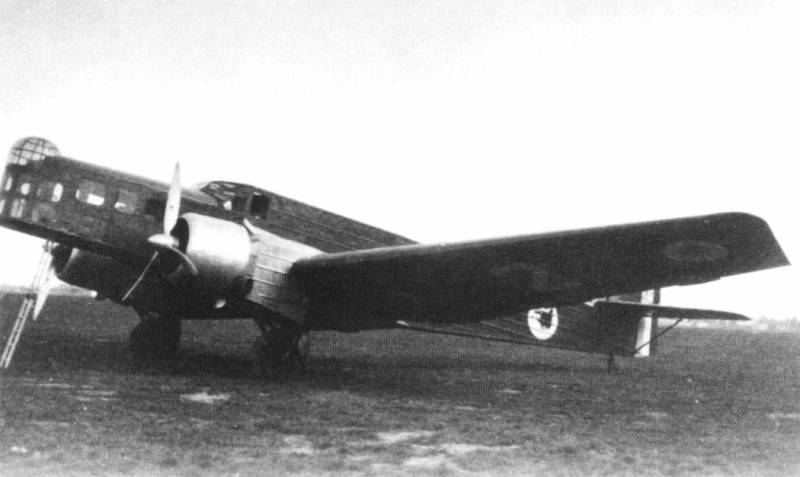
Information